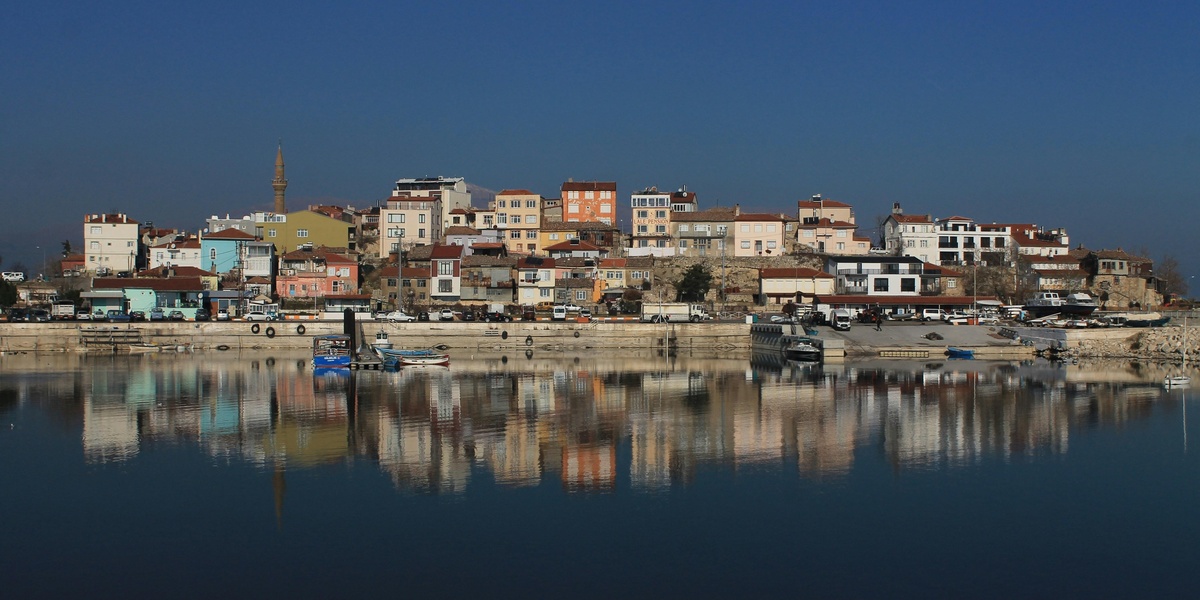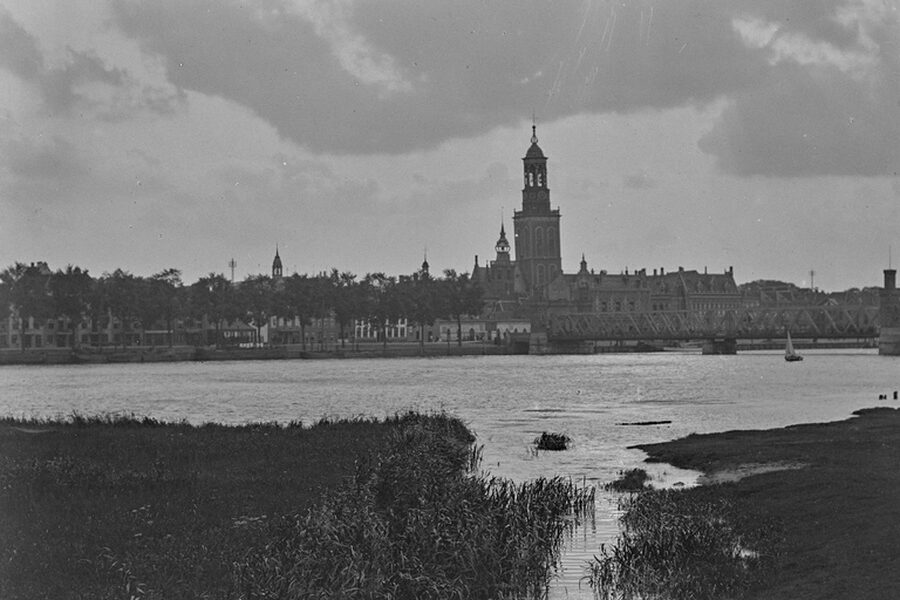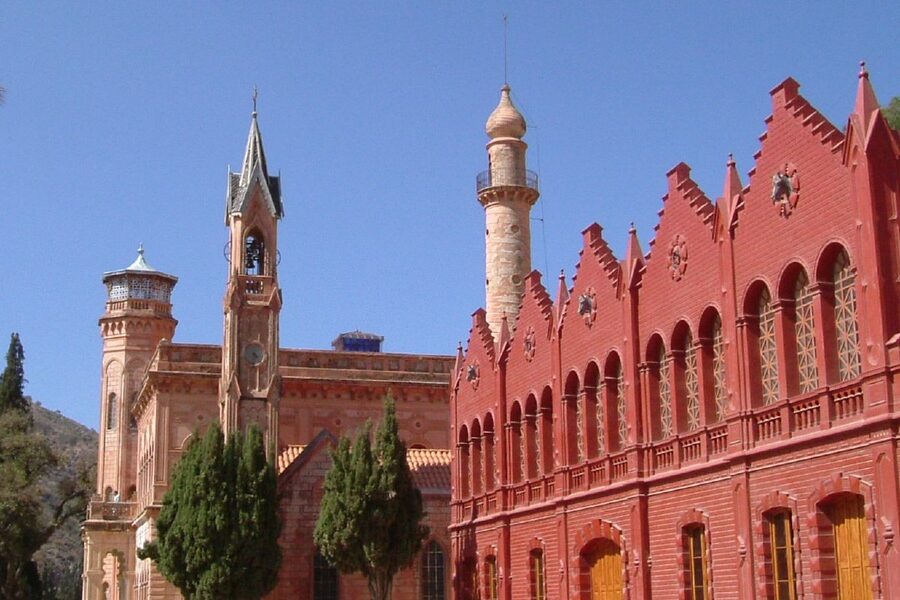Turkey’s towns range from bustling provincial centers to quiet, close-knit municipalities where local life moves at a different pace. Tracking the smallest cities reveals how population, economy and geography shape communities across the country.
There are 50 Smallest Cities in Turkey by Population, ranging from Akkuş, Şenpazar. Each entry is listed with Country,Province,Population (people, year) so you’ll find the full list below.
How current is the population data?
The table uses the most recent official figures available, and each row shows the year alongside the population (people, year) so you can see how recent each number is; for the latest changes, check national statistics releases or local registry updates.
How often might this list change?
Population shifts, municipal mergers or administrative reclassifications can alter rankings year to year; the list should be revisited after new census data or annual estimates are published to capture those changes.
Smallest Cities in Turkey by Population
| City | Country | Province | Population (people, year) |
|---|---|---|---|
| Yalıhüyük | Turkey | Konya | 1,073 (2023) |
| Han | Turkey | Eskişehir | 1,123 (2023) |
| Yayladere | Turkey | Bingöl | 1,222 (2023) |
| Kızılören | Turkey | Afyonkarahisar | 1,327 (2023) |
| Otlukbeli | Turkey | Erzincan | 1,444 (2023) |
| Ağın | Turkey | Elazığ | 1,643 (2023) |
| Pehlivanköy | Turkey | Kırklareli | 1,707 (2023) |
| Yenişarbademli | Turkey | Isparta | 1,751 (2023) |
| Kofçaz | Turkey | Kırklareli | 1,757 (2023) |
| Çelebi | Turkey | Kırıkkale | 1,768 (2023) |
| Tuzluca | Turkey | Iğdır | 1,788 (2023) |
| Hemşin | Turkey | Rize | 1,816 (2023) |
| Kıbrıscık | Turkey | Bolu | 1,902 (2023) |
| Çayıralan | Turkey | Yozgat | 1,914 (2023) |
| Ovacık | Turkey | Tunceli | 1,962 (2023) |
| İnhisar | Turkey | Bilecik | 2,063 (2023) |
| Bayat | Turkey | Afyonkarahisar | 2,087 (2023) |
| Günyüzü | Turkey | Eskişehir | 2,107 (2023) |
| Doğanyurt | Turkey | Kastamonu | 2,126 (2023) |
| Evren | Turkey | Ankara | 2,156 (2023) |
| İbradı | Turkey | Antalya | 2,217 (2023) |
| Laçin | Turkey | Çorum | 2,229 (2023) |
| Altınyayla | Turkey | Sivas | 2,306 (2023) |
| Sarıveliler | Turkey | Karaman | 2,333 (2023) |
| Nazımiye | Turkey | Tunceli | 2,357 (2023) |
| Sarıyahşi | Turkey | Aksaray | 2,401 (2023) |
| Mihalgazi | Turkey | Eskişehir | 2,408 (2023) |
| Doğankent | Turkey | Giresun | 2,425 (2023) |
| Uğurludağ | Turkey | Çorum | 2,473 (2023) |
| Hocalar | Turkey | Afyonkarahisar | 2,504 (2023) |
| Felahiye | Turkey | Kayseri | 2,534 (2023) |
| Pülümür | Turkey | Tunceli | 2,540 (2023) |
| Derbent | Turkey | Konya | 2,542 (2023) |
| Çandır | Turkey | Yozgat | 2,573 (2023) |
| Başyayla | Turkey | Karaman | 2,581 (2023) |
| Çamaş | Turkey | Ordu | 2,636 (2023) |
| Çamlıhemşin | Turkey | Rize | 2,669 (2023) |
| Akkuş | Turkey | Ordu | 2,693 (2023) |
| Saimbeyli | Turkey | Adana | 2,709 (2023) |
| Şenpazar | Turkey | Kastamonu | 2,710 (2023) |
| Kemaliye | Turkey | Erzincan | 2,746 (2023) |
| Aydıncık | Turkey | Yozgat | 2,763 (2023) |
| Halkapınar | Turkey | Konya | 2,768 (2023) |
| Aslanapa | Turkey | Kütahya | 2,782 (2023) |
| Hasköy | Turkey | Muş | 2,795 (2023) |
| Gölova | Turkey | Sivas | 2,818 (2023) |
| Gündoğmuş | Turkey | Antalya | 2,852 (2023) |
| Lalapaşa | Turkey | Edirne | 2,900 (2023) |
| Dumlupınar | Turkey | Kütahya | 2,927 (2023) |
| Yusufeli | Turkey | Artvin | 2,940 (2023) |
Images and Descriptions
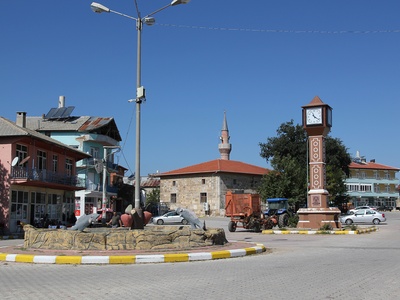
Yalıhüyük
Turkey’s smallest district center, Yalıhüyük is an agricultural community near Suğla Lake. Its status was elevated from a village in 1990, but it has maintained its small, rural character with a population that has consistently remained low.

Han
Located in a relatively isolated part of the province, Han is known for its historical significance with Phrygian rock monuments and Seljuk-era structures. Its economy is primarily based on agriculture, which limits population growth.

Yayladere
Situated in a remote, mountainous region of Eastern Anatolia, Yayladere’s small size is a result of rugged geography and significant out-migration over decades due to limited economic opportunities and past security concerns in the area.
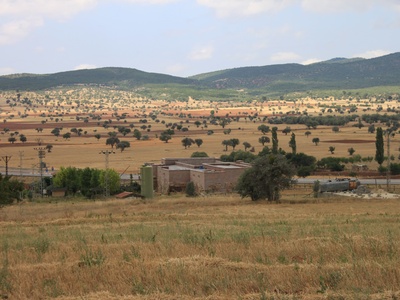
Kızılören
A small agricultural town in the Aegean region, Kızılören’s population reflects its rural economy. Like many small Anatolian towns, it has seen its population stagnate or decline due to migration to larger cities for work and education.
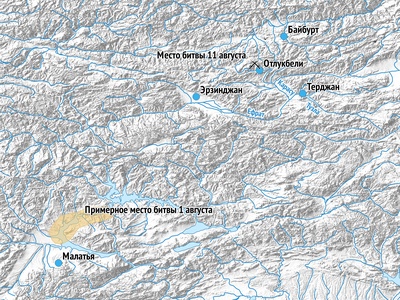
Otlukbeli
Famous for the historic 1473 Battle of Otlukbeli, this town sits in a high-altitude, remote part of Erzincan. Its small population is tied to its challenging geography and an economy based on livestock and limited farming.
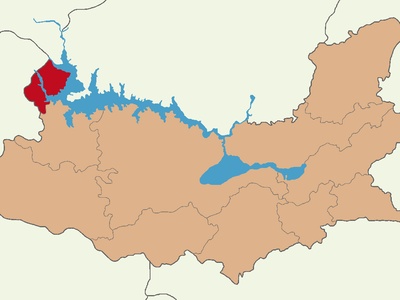
Ağın
Located on a peninsula in the Keban Dam Lake, Ağın’s geography is both beautiful and isolating. The construction of the dam submerged surrounding villages, altering its landscape and contributing to population decline through relocation and out-migration.
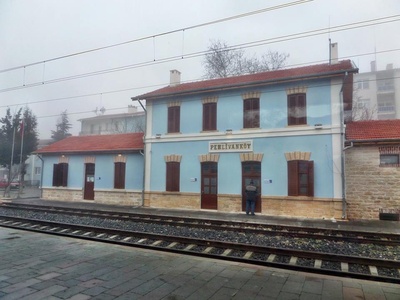
Pehlivanköy
A small town in the Thrace region near the Greek border, Pehlivanköy is a quiet agricultural community. Its proximity to larger industrial cities has drawn many residents away, keeping its own population very small.
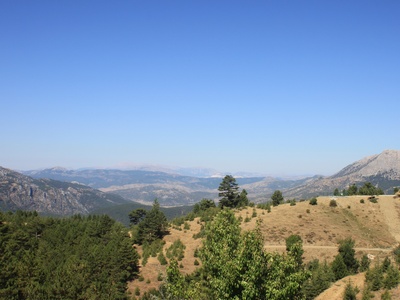
Yenişarbademli
Nestled in the Taurus Mountains near the scenic Kızıldağ National Park, Yenişarbademli is geographically isolated. Its economy relies on fruit farming and some tourism, but its remote location has constrained significant population growth.
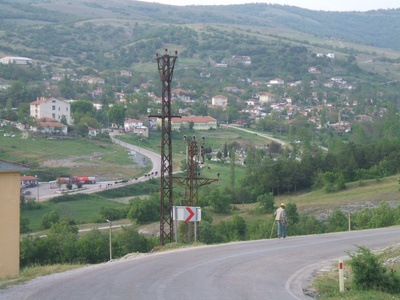
Kofçaz
Situated in the rugged Strandzha mountains near the Bulgarian border, Kofçaz is one of Turkey’s most forested and least populated districts. Its isolation and lack of industry are the primary reasons for its consistently small population.
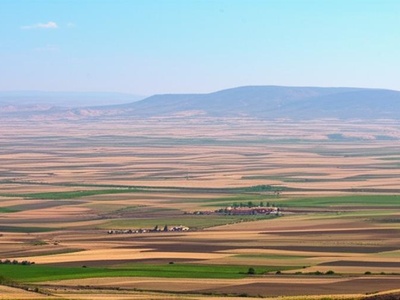
Çelebi
An agricultural district in Central Anatolia, Çelebi’s population has decreased due to migration to the nearby capital, Ankara, and other major urban centers. Its economy is based almost entirely on grain farming and livestock.
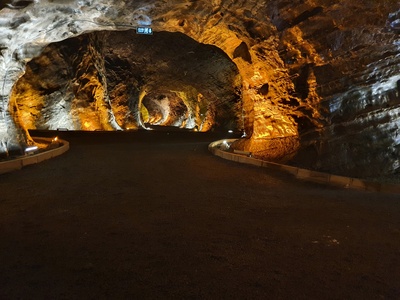
Tuzluca
Located near the Armenian border, Tuzluca is known for its salt mines. Despite this resource, its remote location in a sensitive border region and harsh climate have contributed to out-migration and a very small residential population.
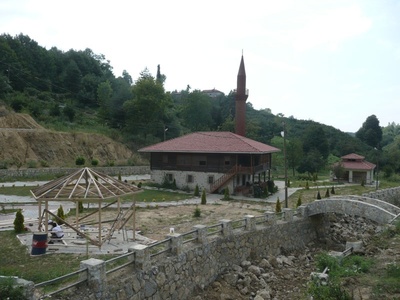
Hemşin
A picturesque town in the Kaçkar Mountains, Hemşin is known for its unique culture and stunning natural beauty. However, its rugged terrain and limited economic base beyond tea farming and tourism keep the permanent population very low.
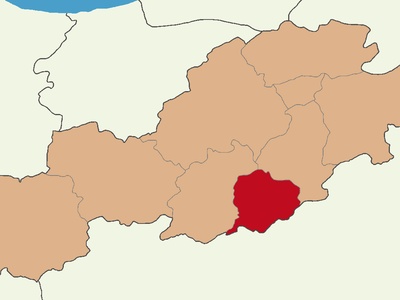
Kıbrıscık
Surrounded by forests and plateaus in the Köroğlu Mountains, Kıbrıscık is a remote town known for its nature and rice cultivation. This geographic isolation and lack of industrial jobs have led to a small and aging population.
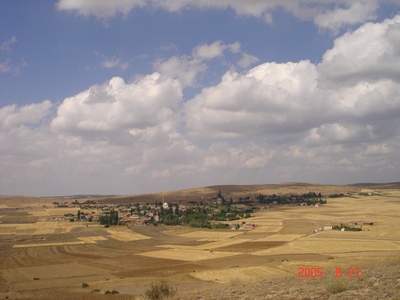
Çayıralan
Located in a rural part of Central Anatolia, Çayıralan is a small agricultural town. It has experienced significant population decline as younger generations have moved to larger cities like Kayseri and Ankara for better opportunities.
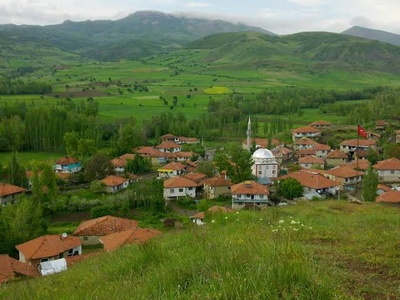
Ovacık
A remote town in a high-altitude valley, Ovacık is known for its stunning natural landscapes and organic farming initiatives. Its small size is due to its isolation, harsh winters, and historical security-related migration from the region.
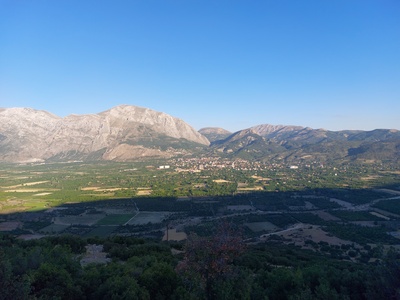
İnhisar
Situated in a narrow valley along the Sakarya River, İnhisar is geographically constrained. The town’s economy is based on agriculture, particularly pomegranates and olives, but it lacks the industry to attract or retain a larger population.
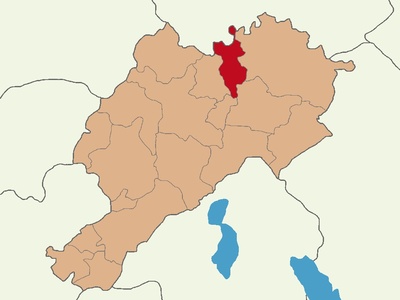
Bayat
Known for its traditional kilim rugs, Bayat is a small town with a rural economy. The decline of traditional handicrafts and migration to larger industrial cities have contributed to its small and slowly decreasing population.
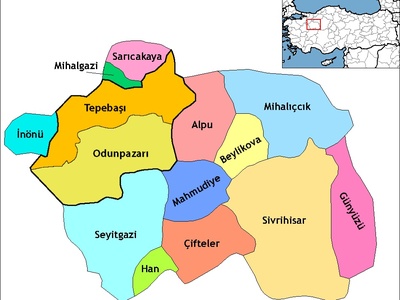
Günyüzü
An agricultural town on the plains of Central Anatolia, Günyüzü’s economy is centered on farming sugar beets and grains. Its rural character and distance from major economic hubs have resulted in a small, stable population.
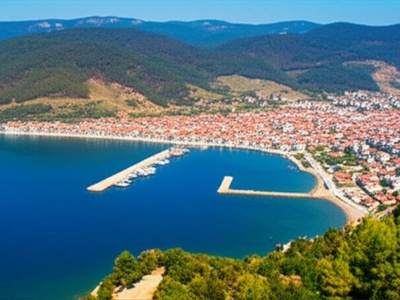
Doğanyurt
A small coastal town on the Black Sea, Doğanyurt is isolated by mountainous terrain. Its economy is limited to fishing and forestry, and the difficult geography has led to significant out-migration and a very low population density.
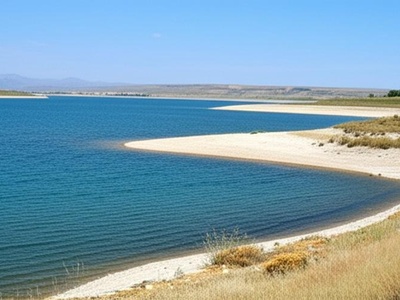
Evren
Located on the shores of the Hirfanlı Dam Lake, Evren is the least populated district of the Ankara province. Despite its proximity to the capital, its agricultural focus has not spurred significant growth.
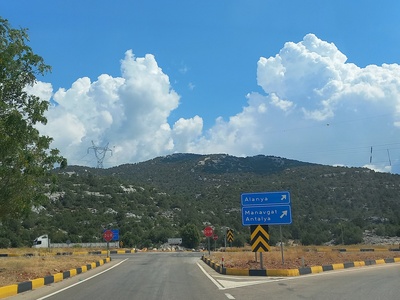
İbradı
Nestled deep within the Taurus Mountains, İbradı is famous for its historic Ottoman houses and proximity to Altınbeşik Cave. Its extreme isolation and rugged geography have kept its population remarkably small despite being in a major tourist province.
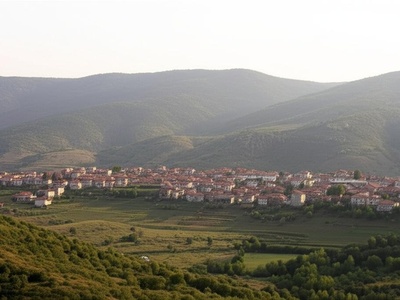
Laçin
A small town in a rural part of the Black Sea region’s interior, Laçin’s economy is primarily agricultural. It lacks significant industry, leading many residents to migrate to larger cities like Çorum and Samsun.
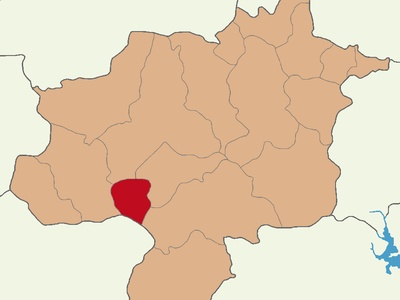
Altınyayla
Located in a high-altitude, rural area of Sivas, Altınyayla is an agricultural and livestock-focused town. Its cold climate, remote location, and lack of diverse economic opportunities have resulted in a steadily declining population.
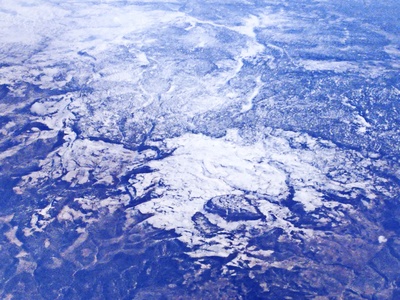
Sarıveliler
A town situated in the rugged Taurus Mountains, Sarıveliler’s geography is challenging. Its economy is based on fruit farming, but its isolation has limited growth and encouraged migration to coastal cities like Alanya and Antalya.
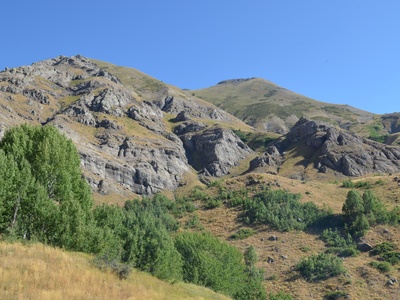
Nazımiye
A remote district center in mountainous Tunceli, Nazımiye’s small population is a result of geographic isolation and significant out-migration due to limited economic prospects and past regional instability.
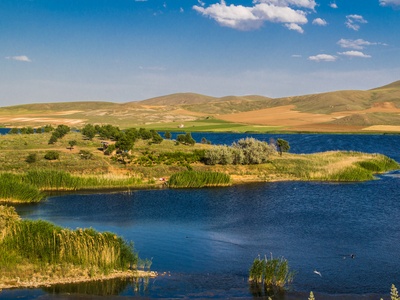
Sarıyahşi
Situated on the banks of the Kızılırmak River, Sarıyahşi is a small agricultural town. Its rural economy and proximity to the larger city of Kırşehir have drawn people away, contributing to its small size.
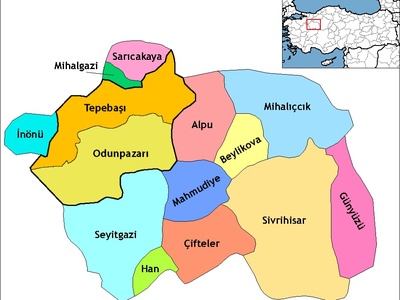
Mihalgazi
Located in the fertile Sakarya River valley, Mihalgazi is known for its greenhouse farming. Despite its agricultural productivity, it remains a very small town as it lacks the industrial base to compete with nearby larger cities.
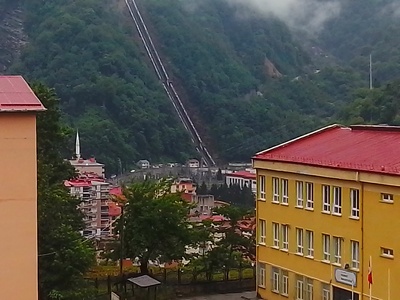
Doğankent
A town in a narrow, steep valley in the Eastern Black Sea region, Doğankent’s development is physically constrained by its topography. The economy is reliant on tea and hazelnut farming, with limited room for expansion.
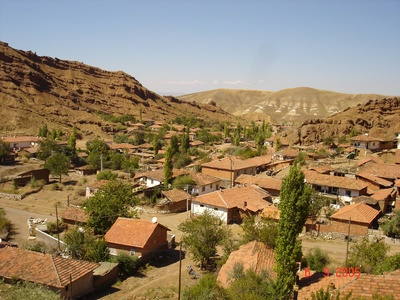
Uğurludağ
An agricultural town in rural Çorum, Uğurludağ’s population has been declining due to migration. Its economy is based on grain farming, but it lacks the jobs to retain its younger population.
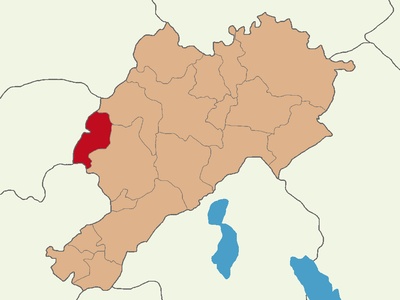
Hocalar
A small town in a rural, agricultural part of Afyonkarahisar province. Its economy is based on farming and animal husbandry, and it has experienced population loss due to migration to larger urban centers.
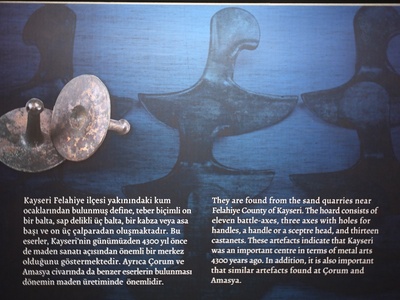
Felahiye
Located north of Kayseri, Felahiye is a small agricultural town whose population declined after the construction of the Yamula Dam. While scenic, its economy is limited, prompting many to move to the nearby metropolitan area of Kayseri.
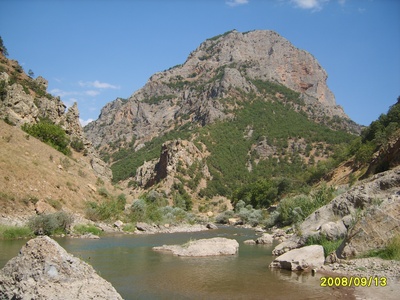
Pülümür
Situated in a long, remote valley, Pülümür has one of the lowest population densities in Turkey. Its isolation, harsh winters, and historical migration trends have kept its population extremely small.

Derbent
A high-altitude town near a popular ski resort, Derbent has a small permanent population. Its economy is a mix of agriculture and seasonal tourism, but it hasn’t translated into significant year-round residential growth.
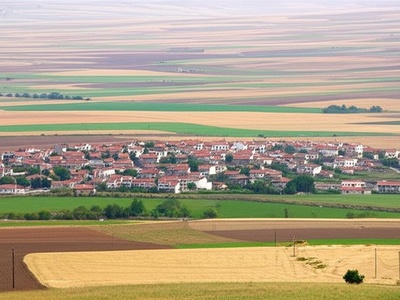
Çandır
A small town in Central Anatolia with a primarily agricultural economy. Çandır has seen a consistent decline in population as residents seek better economic and educational opportunities in larger cities like Yozgat and Kayseri.
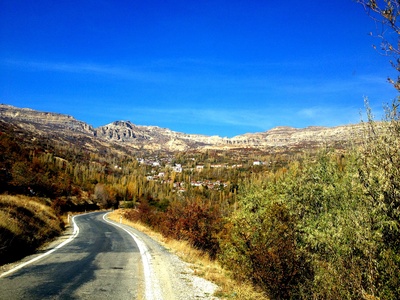
Başyayla
Located in a mountainous and forested area of the Taurus Mountains, Başyayla is a remote town. Its economy is based on fruit growing, but its isolation and difficult terrain have limited its growth potential.
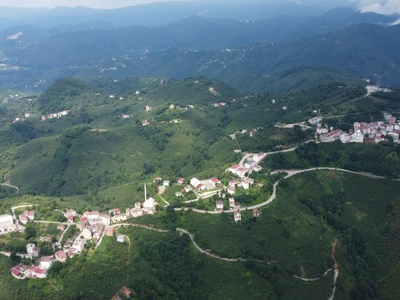
Çamaş
A small town in the hilly interior of Ordu province, Çamaş is surrounded by hazelnut groves. Its rugged terrain and an economy almost entirely dependent on a single crop contribute to its small population.
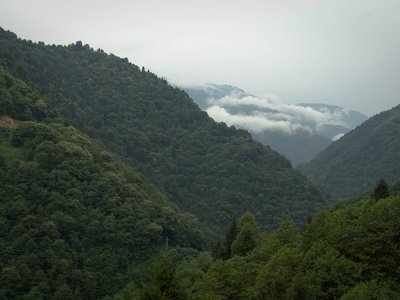
Çamlıhemşin
Famous as the gateway to the Fırtına Valley and Kaçkar Mountains National Park, Çamlıhemşin is a major tourist hub. However, its permanent residential population remains very small due to its rugged, steep geography and seasonal economy.
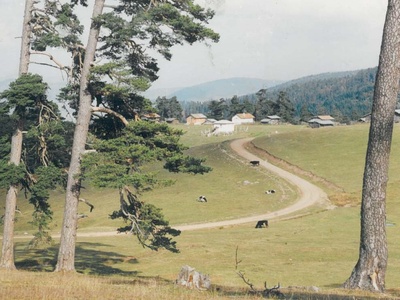
Akkuş
A high-altitude town in a remote, forested part of Ordu. Its harsh winters, challenging geography, and distance from the coast have led to significant out-migration over the years, resulting in a very small town center.
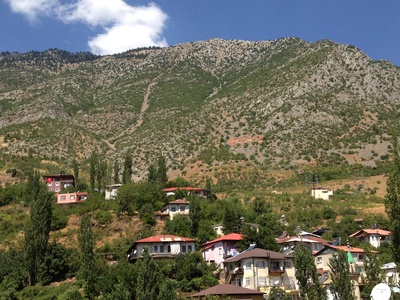
Saimbeyli
Nestled in the highest parts of the Taurus Mountains, Saimbeyli is one of Adana province’s most remote districts. Its isolation, challenging climate, and limited economy based on forestry and livestock keep its population small.
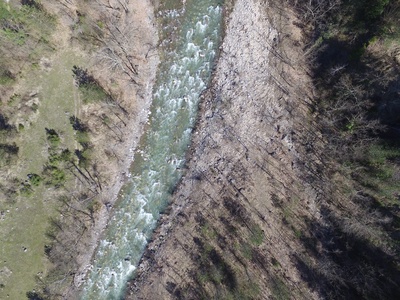
Şenpazar
A small town in the heavily forested and mountainous Küre Mountains, Şenpazar is geographically isolated. This remoteness and an economy limited to forestry and small-scale farming are the main reasons for its low population.
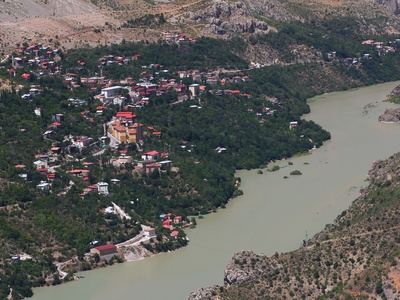
Kemaliye
Renowned for its stunning canyons and traditional architecture, Kemaliye is a touristic gem. However, its extremely remote and difficult-to-access location on the Euphrates River has kept its permanent population very small.
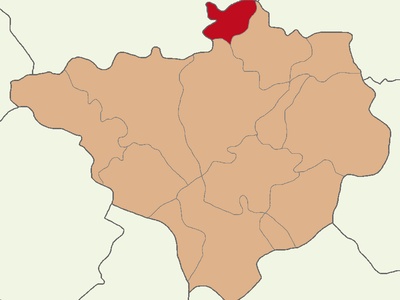
Aydıncık
Not to be confused with the coastal town in Mersin, this Aydıncık is a small agricultural center in Yozgat. It is known for its amethyst deposits, but mining has not been enough to reverse population decline from rural migration.
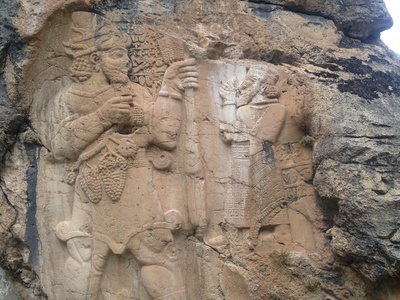
Halkapınar
Located at the foot of the Bolkar Mountains, Halkapınar is known for the scenic İvriz Rock Reliefs. It remains a small agricultural town, with many residents having moved to the nearby, larger city of Ereğli for work.

Aslanapa
A small agricultural town in a rural part of Kütahya province. Its economy is primarily based on grain farming, and like many similar Anatolian towns, it has experienced population decline due to urban migration.
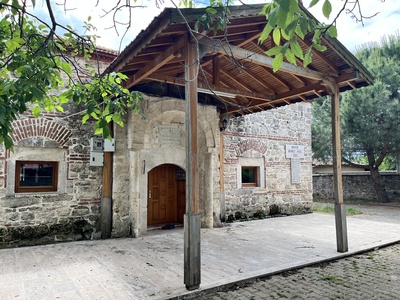
Hasköy
A small town in the plains of Muş province in Eastern Anatolia. Its economy is based on agriculture and animal husbandry, but limited opportunities have resulted in a small and relatively stagnant population.
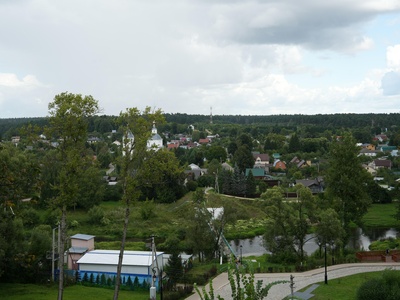
Gölova
Located near the border with Giresun province, Gölova is a small town on the edge of a dam reservoir. Its rural economy and remote location contribute to its small size and the trend of out-migration to larger cities.
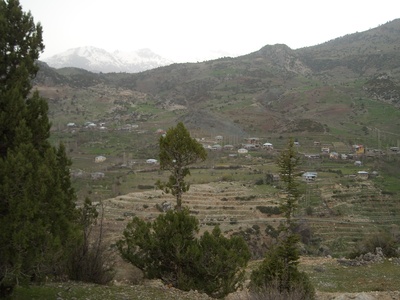
Gündoğmuş
A remote town high in the Taurus Mountains, Gündoğmuş is surrounded by dense forests. Despite being in Antalya province, its isolation and rugged terrain have kept it sparsely populated and economically underdeveloped compared to coastal areas.
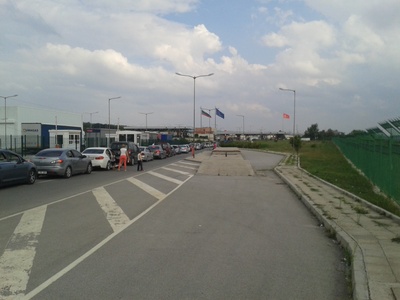
Lalapaşa
A small town near the Bulgarian border, Lalapaşa is known for its historical dolmens. Its rural, agricultural economy and proximity to the larger city of Edirne have kept its population from growing.
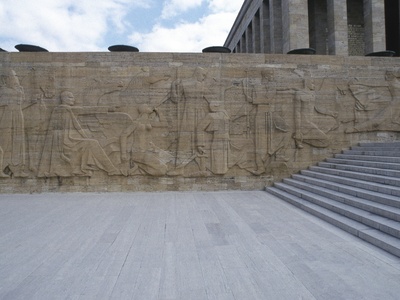
Dumlupınar
Historically significant as the site of the final battle of the Turkish War of Independence, Dumlupınar is a small town with a large national memorial. Its economy is agricultural, and its population remains modest.
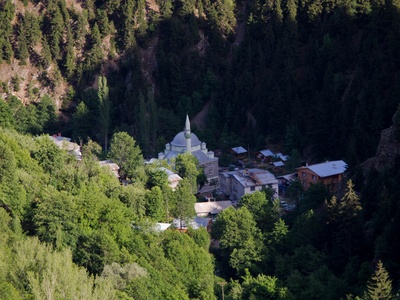
Yusufeli
Historically located in a deep valley, the original town of Yusufeli was recently submerged by a new dam. The population figure reflects the newly relocated town center, which has seen significant disruption and out-migration during the transition.

